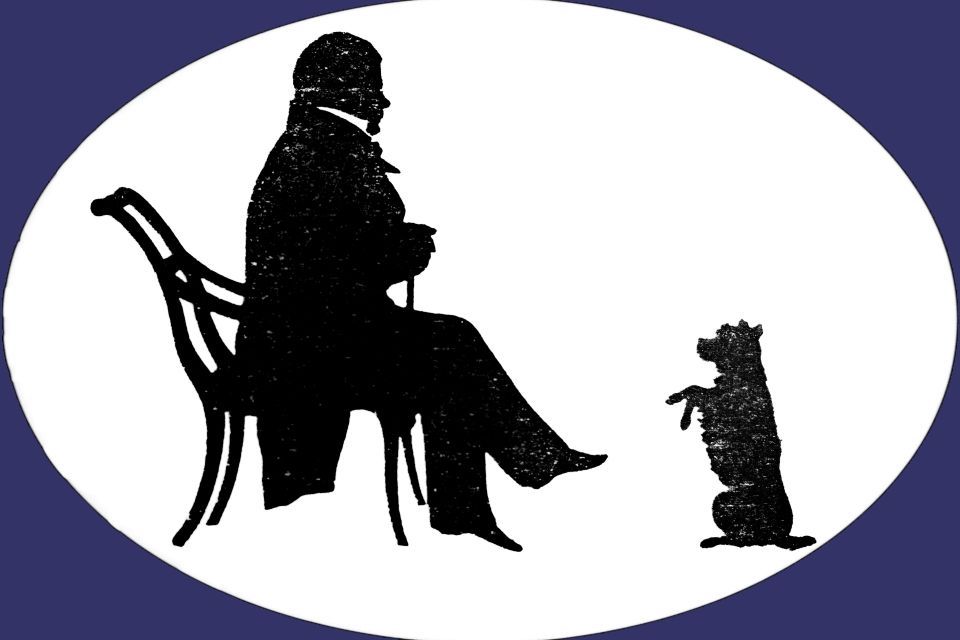Colloquium on Ivanhoe
Friday 14th August 2020
Summary of the Colloquium:
Professor Purdie described the motivations, methods, and outcomes of his redaction (or abridgement) of Sir Walter Scott’s Ivanhoe. Concerned that Scott’s novels—while linguistically sound—were too long for modern readers, he undertook the task of condensing Ivanhoe to make it more accessible, especially for younger audiences.
Scott wrote Ivanhoe in 1819, turning his attention away from Scotland to medieval England after exploring Scottish themes in earlier novels like Waverley and Guy Mannering. Ivanhoe is set during the reign of Richard the Lionheart and explores tensions between Saxons and Normans, Christians and Jews, freemen and outlaws.
The idea of redacting the novel came during a discussion at Harvard, where Purdie was asked why Scottish authors like David Hume and Walter Scott were so little read in modern Scotland. He realised that Scott's works, while linguistically intact, simply started too slowly for contemporary tastes. A key goal of the redaction was to ensure the plot began immediately—on page one, not page thirty-two.
Comparing the editing process to his former career in surgery, Purdie aimed to "remove the extraneous matter while keeping the patient alive"—that is, retain plot, character, and tone while shortening the prose. The word count dropped from 185,000 to 95,000. Much of this was achieved by trimming long sentences, removing superfluous punctuation, and reducing Scott’s double adjectives to single ones.
Purdie was struck by Scott’s brilliance in recreating the sounds, sights, and vocabulary of medieval England. Characters like Wamba the jester and Gurth the swineherd bring humour and humanity, while the villainy of Templar Brian de Bois-Guilbert and the nobility of Rebecca of York provide powerful contrast. Rebecca, a Jewish woman, is one of Scott’s strongest female characters—intelligent, moral, and dignified.
Scott’s deep understanding of chivalry, tournaments, and medieval pageantry is evident throughout, especially in the vivid depiction of the tournament at Ashby-de-la-Zouch. However, many of Scott’s allusions (Latin phrases, classical references, and medieval terms) are lost on today’s general readership. To help with this, Purdie added around 300–400 explanatory footnotes. For example, he clarifies that Richard prays to Saint Julian—patron saint of last-minute lodgings—when lost in the forest, rather than Saint Christopher who handles routine travel.
The abridged version of Ivanhoe has been well received, with strong sales, especially at Abbotsford. It has also received praise from literary figures like Professor Graham Tulloch in Adelaide and author Alexander McCall Smith, the latter saying this redaction is “just what is needed” to reintroduce Scott to new readers.
Professor Purdie concluded by noting that Scott deserves his place in literary history for creating the historical novel genre. Like an early car compared to a modern one, Scott’s novels may lack immediate acceleration—but with redaction, Ivanhoe can now "start on page one and not flag until the last."
Key Interesting Points
- Surgical metaphor: Purdie compares literary editing to surgical practice—removing unnecessary content while preserving the vital organs of the story.
- Rebecca of York: Purdie sees her as one of Scott's most successful female characters—a rare portrait of a strong, moral, intellectual Jewish woman in early 19th-century literature.
- Humour and accessibility: Wamba and Gurth provide comic relief, and footnotes clarify Scott’s more obscure references (e.g., saints, medieval customs).
- Language trimming: Purdie removed a large volume of punctuation—especially colons—and many of Scott’s paired adjectives to improve flow.
- Redacted version success: Strong reception, particularly among modern readers and at Scott’s own home of Abbotsford.
- Legacy: Emphasises Scott’s role in creating the historical novel genre and the importance of adapting older texts to modern reading habits.
Download the [transcript]


